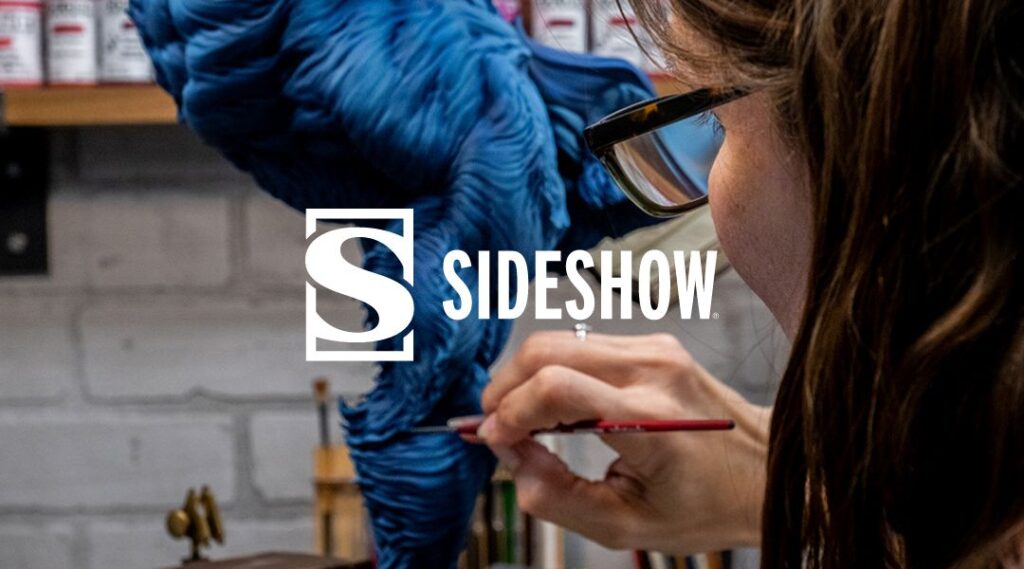your invite email
No theory. Just real campaigns, real results, and real marketers sharing what actually moved the needle. Get inspired by brands like yours — and start turning ideas into impact.









The Challenge
With a lean marketing team, an audience of diverse fandoms, and dozens of product drops every month, Sideshow needed a faster, more relevant way to launch campaigns.


The Challenge
UK’s leading online holiday package company, On The Beach offers fully customizable travel packages – mixing flights, hotels, dates, and more – giving customers complete flexibility. However, this makes personalized marketing a real challenge for On The Beach.

The Challenge
Hobbycraft‘s ecommerce journey hit a wall with their previous rule-based search solution that couldn’t handle the vibrant complexity of their 27,000+ SKU universe spanning dozens of creative verticals, resulting in:

The Challenge
TFG was aware of recent advancements in AI technology that would open up new ways to connect with customers. However, since conversational AI is still a new technology, TFG had concerns:
Bensons for Beds needed a tool that would allow them to capture data for customers who had both been in their stores or on their website at various different points of their buying journey. To get there, they had to overcome key roadblocks:
Fragmented tech stack = inefficiencies across teams. Marketers, merchandisers, and developers had to work across disconnected tools, hindering specialization and scalability.
Yeo Valley Organic wanted to strengthen its community-focused appeal beyond supermarket shelves while rewarding customers who choose organic products. However, its existing loyalty approach wasn’t maximizing engagement or business impact.
The brand needed a platform that could deliver its unique “Farm to Fridge” experience digitally while maintaining its core values of fun, inclusivity, and community support.
Marine retailer Defender found that it was seeing great in-store success, but now needed to find a way to expand that success online. To achieve this, Defender knew it needed to address several key obstacles with its online experience:
With a wide range of products and a customer base that spans different age groups, languages, and shopping preferences, Patrick Morin recognized that its on-site experience needed to be both accurate and intuitive to keep pace with the expectations of shoppers. The brand also had to balance operational efficiency with the ability to deliver personalized experiences at scale and better accommodate customers in the fluid home renovation market.
However, Patrick Morin’s tech setup created several roadblocks:
In the highly competitive travel industry, maintaining customer loyalty is one of Kiwi.com’s most pressing challenges. The brand knew that building strong, meaningful relationships with travelers was the key to long-term success, and that understanding every customer’s unique needs was essential for ongoing engagement.
To make sure that important every touchpoint — from Kiwi.com’s website and campaigns to its mobile app — nurtured a valuable connection with its audience, the company needed to:
With real-time data and AI fueling every campaign, you can unlock the next level of customer experience.
